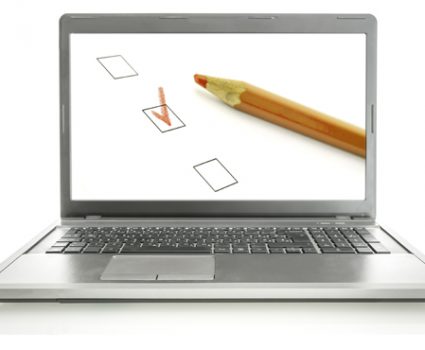
How to measure the success of records management software
In a three-part post we are looking at the role of metrics in demonstrating the value of records and information management, specifically in organizations that have implemented an electronic records management system. In our final post today we focus on important EDRMS metrics that every organization should monitor.
In our last post we outlined a process to help you arrive at the best metrics to track the success of your records management program. As we pointed out, each organization has unique goals and therefore requires a unique set of metrics to measure the value of its RM program.
However, no matter what your unique goals may be, there are several categories of metrics that every organization should monitor if they are using an Electronic Document and Records Management System (EDRMS). Two of these categories relate to the EDRMS itself, showing you how it is performing and how it is being used. The third category consists of system-generated business intelligence that you can use to further optimize your RM program and EDRMS investment.
Three things to measure with EDRMS:
- EDRMS System Performance System performance metrics tell you if your EDRMS is operating at top efficiency in helping you achieve your RM goals. What percentage of time is it online? Is it helping users complete their tasks quickly? To answer these questions, your performance metrics should include system uptime, average time-to-recover after a crash, and response times for common tasks. These metrics are usually readily available, since most IT departments will track these as a matter of course for all of the company’s software applications. Reviewing these metrics on a regular basis will help you spot problems that may be hampering productivity and negatively affecting employee adoption of the EDRMS.
- Use of the EDRMS System These metrics will not only show you whether employees are using the system, they will also show you how they are using it. At a minimum, you will want to track basic metrics such as the number of employee logons each month and the average monthly usage by employees. These will tell you if you need to do more education about the system, or perhaps you need to be stricter in your enforcement of the company’s EDRMS policies. Beyond these basics you should look at which features of the system are getting the most use. Are employees using the system as intended? Are they leaving out important metadata when uploading documents? Keeping an eye on these metrics will help you determine if the system is being used in keeping with your RIM goals and if it is correctly configured to enable that.
- Business Intelligence Within the system itself, there is a goldmine of valuable data to help you further optimize your EDRMS and the surrounding business processes. For example, if the system incorporates automated workflow tools, you can monitor the use of these over time to spot peaks and troughs. Are there regular bottlenecks that require additional staff or a redistribution of tasks? Another great source of business intelligence are the search terms that employees enter into the system. Reviewing these terms may reveal information gaps that need to be addressed by communications or HR teams. EDRMS data can also tell you if employees are uploading new and unexpected documents that aren’t yet addressed by your classification and retention schedules, allowing you to address the gaps.
While this list only scratches the surface, it provides a starting point to help you optimize your RM program and get the most out of your EDRMS.
Next Steps
- For an in-depth look at RM and EDRMS metrics, download our white paper Go Beyond Counting: Metrics That Matter in Your EDRMS.
- Learn how TAB FusionRMS, our records management software solution, helps you track RM performance.
- Talk to one of our experts to get help in selecting the right metrics to evaluate your RM program and EDRMS.





